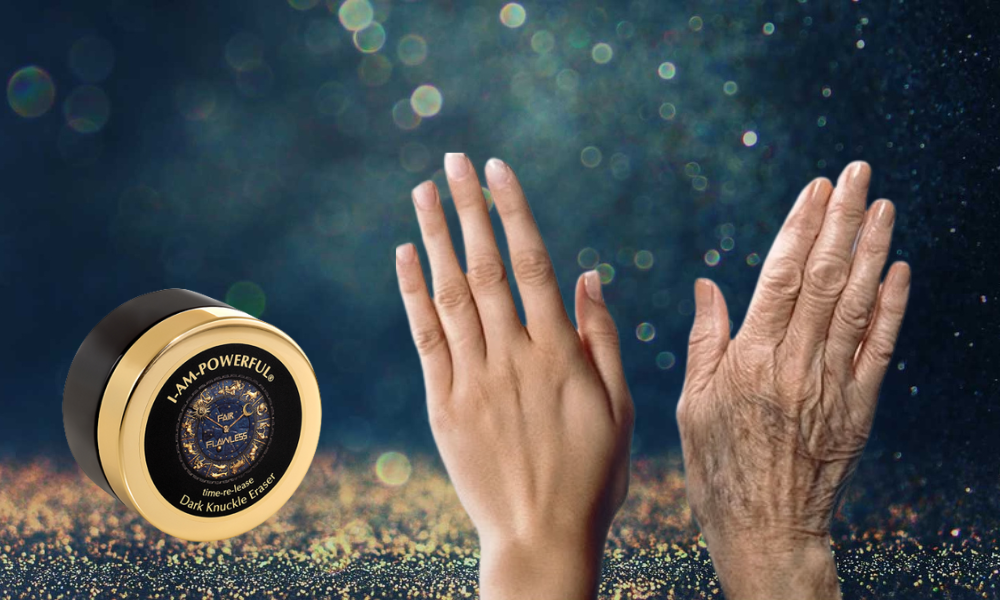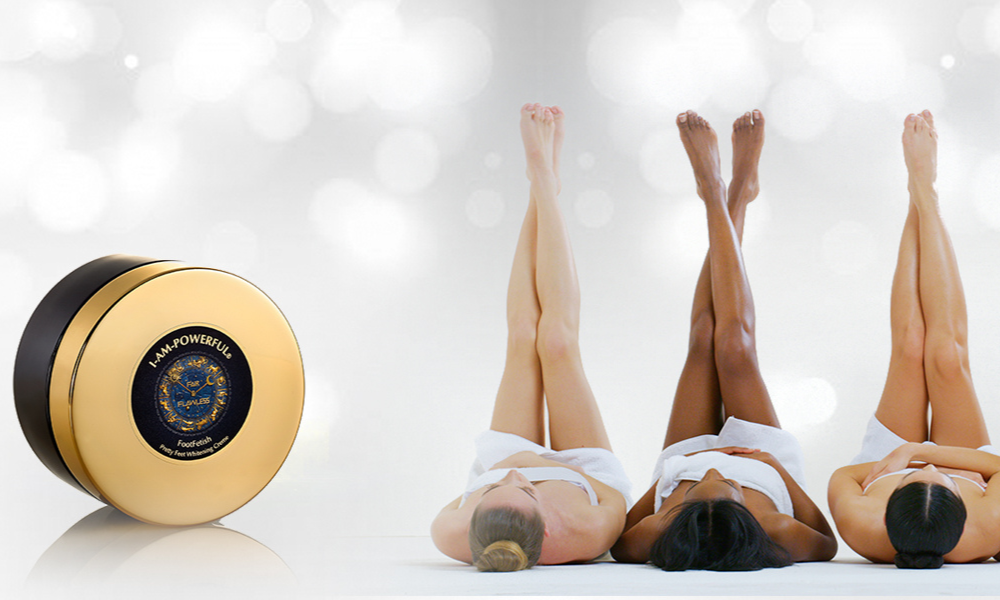How to Deal With Skin Pigmentation Disorders
Skin pigmentation disorders not only make your skin look less beautiful than it was meant to be, but these disorders can also impact your self-image. Here is what you need to know so you can treat them effectively.

Pigmentation and Your Health
When you notice dark spots on your skin, it can affect your health. Although most pigmentation is benign, any new spots on your skin should be checked by a doctor. Keep in mind that while spots may be a sign of problems with your physical health, these spots can also impact your emotional well-being.
Dark spots or patches on your skin can make you feel self-conscious and less attractive. They are also associated with ageing, making you look and feel older.
Types of Pigmentation
There are some common types of skin pigmentation disorders to know about. These are:
- Post-Inflammatory Hyperpigmentation
This is when your skin gets marks on it after it has undergone trauma or injury. Marks that appear on your skin after acne are common examples of post-inflammatory hyperpigmentation. Although the darker areas tend to go away with time, sometimes they can become permanent.
- Melasma
Melasma, otherwise known as the 'mask of pregnancy', shows up on the skin as dark brown patches, often appearing on the nose, cheeks, and forehead. It is largely caused by sun exposure, although hormonal changes during pregnancy and due to use of the contraceptive pill can also cause it.

- Solar Lentigines (Age Spots)
Although they’re sometimes called age spots, solar lentigines are a type of skin pigmentation disorder that crops up at any age.The culprit is UV exposure that speeds up melanin production, both from the sun and tanning beds. Solar lentigines are small and flat brown or black spots of no more than 5mm in diameter that appear on their own or in groups.
Types of Treatments
Eliminating skin pigmentation disorders should include the following:
- Exfoliation. Treatments for skin pigmentation disorders tend to be about removing the surface layer of skin where pigmentation resides. This is done with exfoliation, such as the use of scrubs that gently slough away dead skin. The bonus is that exfoliation also makes skin more radiant so it looks gorgeous and healthy. Chemical peels can be used for more intense exfoliation to remove pigmentation, but these often cause side-effects such as redness or flaking which can take several days to clear.
-
Skin Lightening With DIY Recipes. Lightening the skin is an important element of treating skin pigmentation disorders and giving you an even skin tone. Natural skin-lightening home remedies are popular treatments. The use of common lightening ingredients such as lemon, honey and aloe vera can be beneficial to the skin, but such DIY recipes don't always work as quickly as you like and might not be suitable for more stubborn cases of skin pigmentation. However, they’re definitely worth a try as they’re naturally nourishing for your skin.

- Skin Lightening With Products. You should invest in a good skin-lightening product to treat and banish your skin pigmentation disorder. The type of product you choose is of the utmost importance as chemical ones can worsen your skin pigmentation while also being dangerous to your health. Luckily, there are natural skin-lightening ingredients that clear up your skin while treating it gently. Examples include bearberry, kojic acid and Vitamin C.
Pigmentation can affect your self-esteem and make you self-conscious, but there are effective treatments for it so you can stop hiding from the world.










